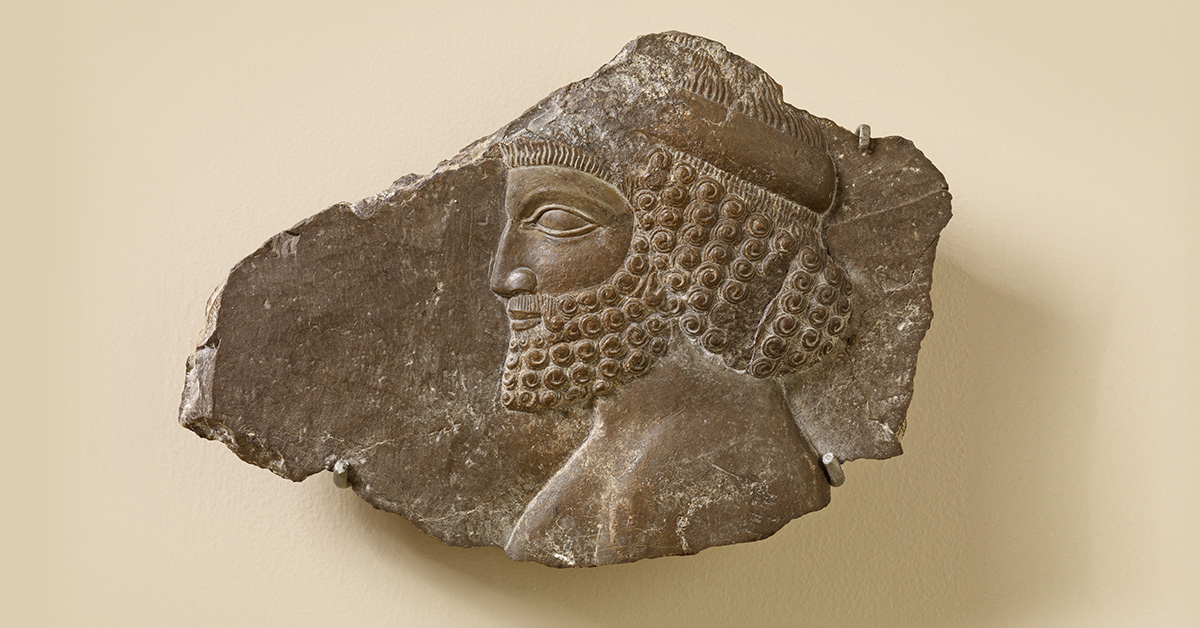

Zechariah’s ongoing importance for the church is significant, yet often undervalued. Historically, it has been considered one of the more difficult prophetic books to interpret. Even Old Testament scholars at times throw up their hands, saying “I don’t know what to do with Zechariah!” From the mysterious night visions in the opening chapters to the eschatological oracles of the closing chapters, interpretive challenges abound. For that reason, those in the church often limit their focus to the messianic texts quoted in the Gospels. But we have to remember that Zechariah, too, is God-breathed and useful for believers. Because of that, here are some top-level guidelines for preaching through this book and some helpful resources to help preachers prepare.
The first key to preaching through Zechariah is to focus on its Persian period, postexilic origins. This point may seem obvious. However, understanding the original context is crucial for this book in particular. Many people today are not familiar with Old Testament history beyond Moses or perhaps David. Helping our congregations to understand the Babylonian exile and the return to the land under Persian rule is key for understanding Zechariah’s message. We can start by explaining the reasons behind the exile (idolatry and injustice), the theological crisis this caused for God’s people, and the hope they experienced when the Persian empire allowed those who chose to return to the land. Incorporating specific information about the exile itself can also help our audiences understand the book’s ongoing relevance. They will see that while Zechariah points us to God’s justice and the gravity of sin, it also shows us God’s desire to restore his people and be in relationship with them. In other words, situating the book in its Persian context helps us see Zechariah’s ongoing value beyond its prophecies about the first or second coming of Jesus. Those are important! But this prophetic book calls God’s people to return to him following judgement. It provides instructions for what he expects of his people. And it paints a picture of what life in God’s kingdom will ultimately look like. This final point gives our communities something that we can work towards today. Its true fulfillment may await Jesus’ return, but that vision helps the church to see what God prizes.
The author of Zechariah assumed his audience knew about the exile and the reasons behind it, which is why developing that background knowledge is important. However, he also assumed that his audience would understand cultural and historical references. Resources such as Kenneth G. Hoglund and John H. Walton’s “Zechariah” in the Zondervan Illustrated Bible Backgrounds Commentary (Grand Rapids: Zondervan, 2009, 5:202–231) can provide the information needed to explain the book’s imagery and its key topics. For Zechariah, beyond assisting with the imagery, it discusses important topics such as temple building, prophets and their visions, relevant geography, the divine warrior motif, and more. This five-volume set is an invaluable tool for anyone who is trying to better understand the Old Testament.
The second key to preaching through Zechariah is to recognize its heavy use of and dependence on other Old Testament books. While actual quotations of these books are rare, the use of “sustained allusion” is much more common. Michael Stead (The Intertextuality of Zechariah 1–8. LHBOTS 506. [New York: T&T Clark, 2009]) provides a detailed exploration of these allusions in the first part of Zechariah. Understanding sustained allusions invites us to read (hear) these texts in the way an ancient audience thoroughly familiar with their Hebrew Scriptures would have. One example that Stead discusses involves Zechariah 1–2’s eight allusions to Lamentations 2. If we had grown up singing or listening to these laments, the visions of Zechariah 1–2 would evoke all of the ideas of Lamentations 2, not just particular verses. In other words, Zechariah does more than make eight brief allusions. Instead, the entire chapter of Lamentations 2 becomes the interpretive lens through which we understand Zechariah’s visions. In this case, Zechariah does not simply point to God’s provision for his people. He also highlights God’s reversal of Jerusalem’s destruction and the exile. While somewhat technical, Stead’s overall discussion gives helpful examples of both individual and sustained allusions and their implications for interpretation.
The third key to preaching Zechariah is to consider the book’s theme and how the individual sections support it. Broadly speaking, the book focuses on the restoration of God’s people. But we can narrow that theme further to the idea of return: “Return to me, says the Lord of hosts, and I will return to you” (Zech 1:3). Restoration comes as the Lord returns to Jerusalem and his people. However, God’s people must also return to him. The opening section (1:1–6) focuses on this call to return to God. The book then turns to a series of night visions and oracles in 1:7–6:15. Here, God announces his return to Jerusalem and punishment of Babylon. The seemingly mysterious imagery and pronouncements frequently draw on both other Old Testament texts and cultural concepts from the period. (While the interpretive keys described above may have seemed obvious, here is where we see their payoff.) The third section, Zechariah 7–8, transitions to offering specific instructions about what it looks like for God’s people to return to him in response to his return. The final major section of Zechariah 9–14 includes two subsections that outline the results of the Lord’s return. The first subsection, Zechariah 9–11, concentrates on the way in which the Lord will deliver his people from internal and external oppression. He will also make them instruments of his justice. The second subsection, Zechariah 12–14, continues to develop the ideas of deliverance and the cleansing of God’s people. However, it goes further, highlighting the way in which foreign nations will join God’s chosen people in worshipping him.
Beyond the two resources mentioned above, the following may also prove useful as you prepare to preach Zechariah. Each volume includes bibliographies for additional resources on particular passages or topics:
Boda, Mark J. Haggai, Zechariah. NIVAC. Grand Rapids, MI: Zondervan, 2004.
Boda is a key voice in Zecharian studies. This volume in the NIV Application Commentary series helpfully explores the original meaning and context of Zechariah. It also points out particular areas for contemporary application. Boda also has a more recent commentary on Zechariah alone, although it is quite a bit more technical: Boda, Mark J. The Book of Zechariah. NICOT. Grand Rapids, MI: Eerdmans, 2016.
Hill, Andrew E. Haggai, Zechariah, and Malachi. TOTC 28. Downers Grove, IL: IVP Academic, 2012.
Hill’s Tyndale Old Testament Commentary volume provides a concise discussion of individual verses while also pointing to the meaning of wider passages. He offers a solid and well-researched commentary that avoids getting bogged down in interpretive details.
Petterson, Anthony R. Haggai, Zechariah and Malachi. ApOTC 25. Downers Grove, IL: IVP Academic, 2015.
Petterson’s Apollos Old Testament Commentary offers a detailed discussion of key issues without focusing on the details of the Hebrew. His work includes discussions of the individual verses and explanations of the wider passages. This format is helpful since it enables the reader to get a top-level view that includes theological issues while also offering more detailed discussion when desired.

Get the latest issue in print or subscribe for the next three.